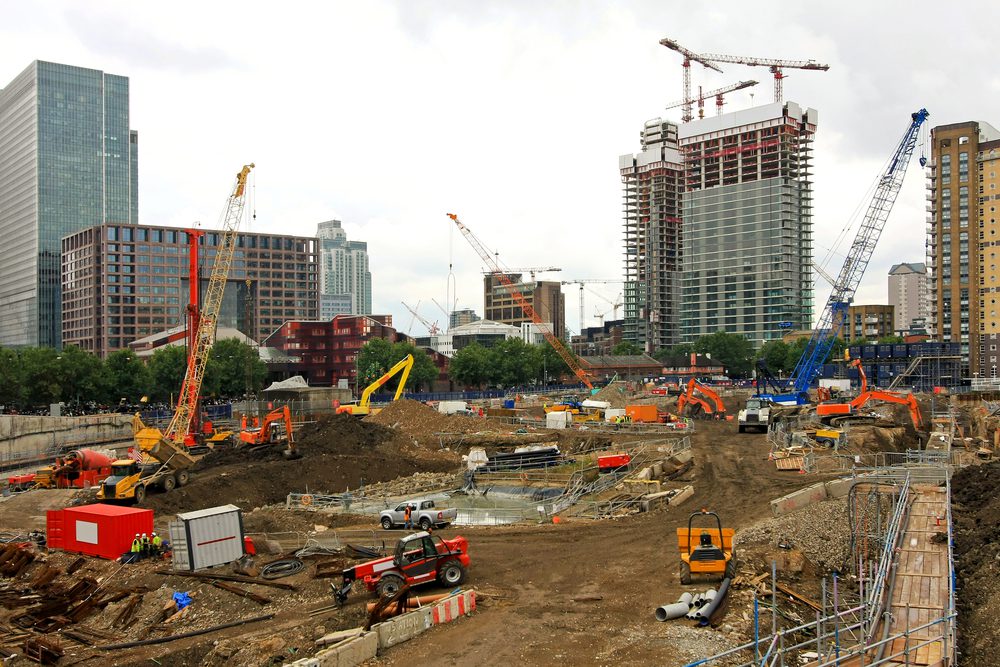Introduction
In the construction industry, particularly within the UK, the importance of having qualified and certified machine operatives cannot be stressed enough. One of the primary schemes addressing this need is the CPCS (Construction Plant Competence Scheme). Amongst its offerings are two noteworthy cards: the Red Card and the Blue Card. At first glance, they might appear to serve similar purposes, but upon closer inspection, distinct differences become apparent.
What is CPCS?
Before diving into the differences between the two cards, it’s essential to understand the overarching scheme they fall under. CPCS is a UK-based certification system designed to validate the skills and knowledge of plant operatives. By ensuring operators have the necessary qualifications, the CPCS helps maintain safety and efficiency on construction sites.
The CPCS Red Card: An Overview
The CPCS Red Card, officially known as the Trained Operator Card, is designed for those who have successfully completed the CPCS Technical Test but have yet to achieve the NVQ or SVQ required for the Blue Card. In essence, it is a temporary card, and it stands as a testament to an operator’s foundational knowledge and skills.
The CPCS Blue Card: An In-depth Look
The CPCS Blue Card, or the Competent Operator Card, is the ultimate goal for many in the industry. It verifies not only that an operator has passed the CPCS Technical Test but also that they have achieved a Level 2 NVQ or SVQ in Plant Operations. This card, therefore, attests to both practical and theoretical competence.
Key Differences Between the Red and Blue Card
“In a world of construction where qualifications can dictate the quality of work and safety on site, understanding the differences between these two cards is imperative.”
- Validity Period: The Red Card is valid for two years and cannot be renewed. The Blue Card, on the other hand, lasts for five years and can be renewed with continued professional development.
- Experience Level: The Red Card is tailored for those who are newer to their roles, while the Blue Card is for experienced operatives who have further validated their competence with an NVQ or SVQ.
- Purpose: The Red Card acts as a stepping stone towards achieving the Blue Card, while the Blue Card signifies comprehensive competence in plant operations.
Table of Differences
| Aspect | CPCS Red Card | CPCS Blue Card |
|---|---|---|
| Validity Period | 2 years (non-renewable) | 5 years (renewable) |
| Experience Level | Beginner/Intermediate | Advanced |
| Purpose | Stepping stone to Blue Card | Signifies comprehensive competence |
Conclusion
Understanding the distinctions between the CPCS Red and Blue Cards is crucial for anyone involved in the UK’s construction industry. Whether you are an operative aiming to advance in your career or an employer looking to hire, recognising the value and requirements of each card can make all the difference in ensuring the utmost standards of safety and proficiency on site.


